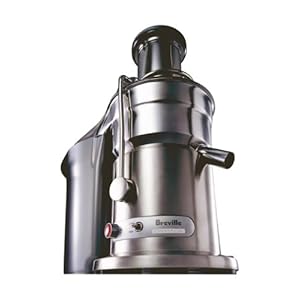How Malnutrition Affects You
While we often associated with malnutrition with people in developing countries, where the Food Supply is inadequate, malnutrition occurs with people of developed countries as well. Knowing more about what the body needs for proper nourishMent and how we are challenged to receive adequate nutrition can help us prevent malnourishMent in ourselves and in those we know and love.
How Malnutrition Affects You
How Malnutrition Affects You
How Malnutrition Affects You
How Malnutrition Affects You
Biologically, we are intended to eat from a wide variety of Foods, but the typical person consumes a very narrow selection of foods. These foods are often highly processed and stripped of many vital nutrients. In addition to this, medications, stress, environMental toxins and tissue injury can further increase the need for nourishment.
An extreme lack of a specific nutrient will result in disease. Forexample, scurvy is the disease which results from severe lack of Vitamin c. Such diseases are what most people associate with malnutrition. Less acute deficiencies can still affect proper functioning of the body such as the brain, eyesight, height, weight, the functioning of various organs, as well as the development and formation of body parts, especially in unborn babies, newborn babies, and young children.
How do we protect ourselves from the dangers of malnutrition? We can first turn to the Food Pyramid for a bit of guidance. For fruits and vegetables, the Food Pyramid suggests that we eat about nine servings of a variety of fresh, raw fruits and vegetables each day. Unfortunately most people aren't eating this minimum and a recent report from the economic research arm of theUSDA stated that we would need an additional six million acres of farmland to grow enough of this produces to support this minimal need for the American diet. This suggests that we are most certainly not getting sufficient nutrition from food alone.
A second option to improve nutrition is to add freshly made juices to your diet. Juice extractors are very affordable and work by grinding away the extra fiber and cellulose from a fruit or vegetable and channeling the juice into a container. The juices are naturally sweet. Even a juice made from celery and spinach has a sweet flavor. Making your own juice provides better nourishment than pre-packaged juices and isn't likely to contain added sugar, or preservatives, unless you're adding thoseyourself. The downside to juicing is that juice extractors tend to make a mess, and must be cleaned immediately after use.
The third option is to supplement the diet with food-based, standardized nutritional supplements. This means supplements which are made by concentrating nutrients from food sources and are then tested to ensure that the final product provides those nutrients in a consistent fashion. Unfortunately, most nutritional supplements do not meet these standards so it is important that if you are going to use dietary supplements, to fill in the holes of your diet, you must find ones that are effective instead of reaching for the cheapest, mega-sized bottle of chemically manufactured multivitamins you can find.
How Malnutrition Affects You